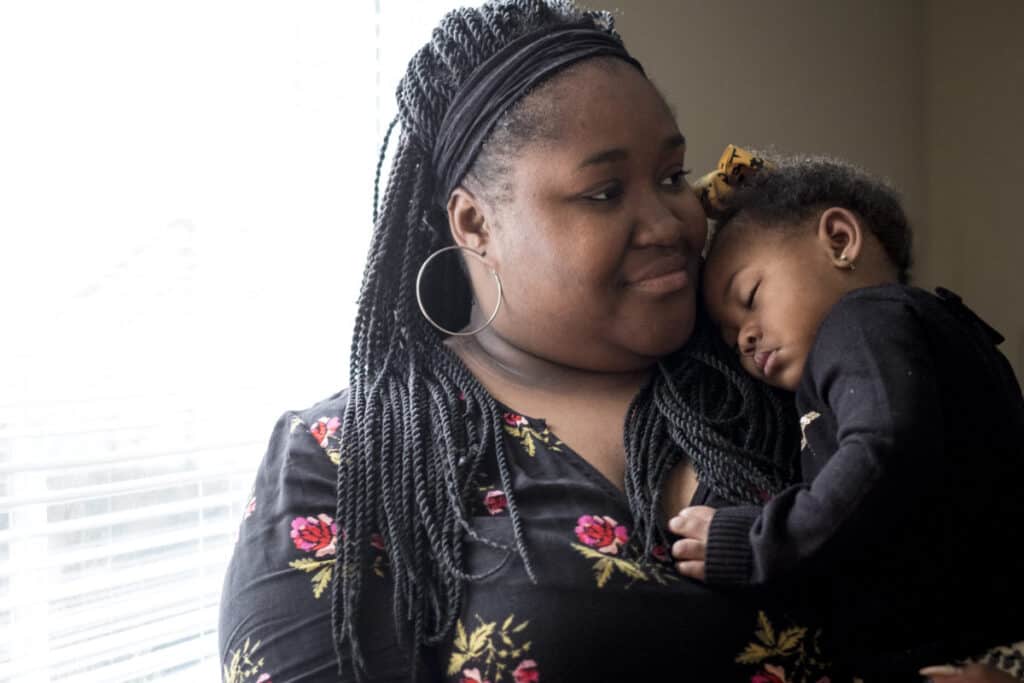An IEP is an Individualized Education Program. It is a legal contract between you and the school. It’s put in place when your child has a disability or delay that is impacting their ability to learn. The IEP describes your child’s specific goals, and the specialized instruction and support that the school will give your child.
If your child qualifies for special education, the next step is to create their IEP. Parents or guardians become part of the IEP team and have a big role in deciding what is written into it. You and the rest of the team work together to define your child’s goals and develop a unique plan to help address and achieve these goals.
The IEP is not finalized until you, as the parent or guardian, sign it. You do not have to approve it until you are happy with it. Once you sign the IEP, the school is required by law to follow it. This is one of many other protections guaranteed by IDEA: the Individuals with Disabilities Education Act.
Know your rights: What is IDEA?
What is the main purpose of an IEP?
The purpose of an IEP is to describe the goals for a child with a disability, and the services that will help them reach those goals. Each IEP should be unique, and describe your child’s own goals and needs.
The main sections of the IEP should include:
- Your concerns and vision for your child’s future
- Your child’s educational goals
- Which specialized services your child will get, and how often
- Accommodations: changes in the classroom or testing environment
- What school or program your child will be in (called Placement)
- How often (or if) they will be out of the regular classroom
- If they will get transportation to and from the school or program
- If they will get Extended School Year Services (ESY) in the summer
Extended School Year Services (ESY) means that your child will get some services through the summer. An IEP should provide this when a child is likely to lose progress during summer vacation. It can also include after-school services or activities.
Learn more about the IEP form.
What are the benefits of an IEP?
The key benefits of an IEP are your child’s individualized services that are geared to their needs. Other benefits include a set of personal goals and a whole team at school to help your child meet them.
Examples of specialized services that the IEP may include:
- One-on-one or group sessions with learning specialists
- A special education teacher working with your child and others in the classroom
- Therapies like speech, occupational therapy (OT) or physical therapy (PT). These are sometimes called “Related Services”
- A plan to help with behavior issues
- Counseling for coping with social or emotional issues
- Help with special devices or equipment a child may need
You and the rest of the school team will develop a specific plan that describes the services your child needs. Remember, these are just some examples!
Don’t be scared by the term Special Education! It only means that your child will get special services to help them learn in school. It does not mean they are any less smart than others, just that they need some support at this time.
Overview of the IEP process
- The school will create an IEP team with the relevant specialists, therapists and teachers. You are part of the team.
- You will review the evaluation results and learn about your child’s needs for support in different areas.
- You will think about your child’s needs and your concerns, and come up with a vision of how you see them succeeding over the next few years. You will write this and it will be part of the IEP.
- The school will use this information to draft an IEP for your child.
- You’ll have the first IEP meeting to go over the draft and talk about it. You can negotiate with the school about what the IEP includes.
- You sign the IEP when you are happy with it.
Once the IEP is signed, the school must start providing the services within 10 school days.
The IEP Team:
Planning for your child’s educational needs takes many people with different roles. The school will bring together a group of teachers and specialists who will be involved in your child’s education and support services.
You, the parent, are an important team member. You know your child better than anyone else! Your child should be part of this team if they are able to and old enough, at least by age 16 (or 14 in some states, like Massachusetts).
The rest of the team should be focused on the needs of your child, not the needs of the school. Their suggestions may not always be the same as yours, but it’s important that you all work together and see the process as a team effort.
The IEP Team should include:
- You, as the child’s parent or guardian
- Your child (if over age 16, although earlier is better if possible)
- At least one classroom teacher
- At least one special education teacher
- A representative from the school district
- Other specialists–for example, the school psychologist, social worker, occupational therapist, speech therapist, reading specialist, etc.
- Anyone else you or the school district wishes to invite. You may want to invite a caretaker, outside service provider, or special ed advocate. Tell the school district in advance if you are bringing someone else with you to the meetings.
Read about the IEP meeting and how to prepare.
So, what is an IEP and what purpose does it serve? For students with disabilities, the purpose is to support them, and the benefits of an IEP are huge! During the process of creating it, you will work with specialists to identify your child’s educational goals and put services in place to help them reach those goals. The school will be held accountable for providing those services, and your child should get the support they need to succeed in school. It can be a big relief to know that you’re not alone–you have a whole team working to support your child!



